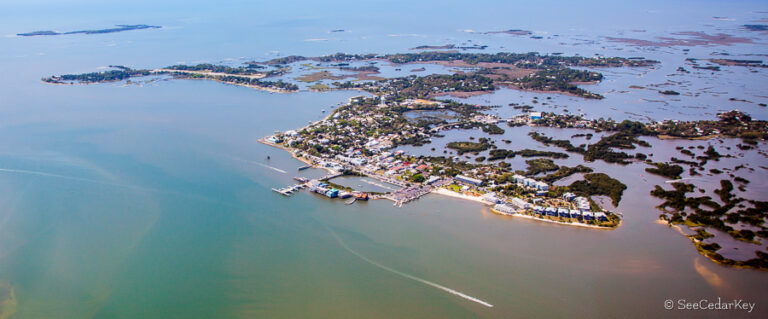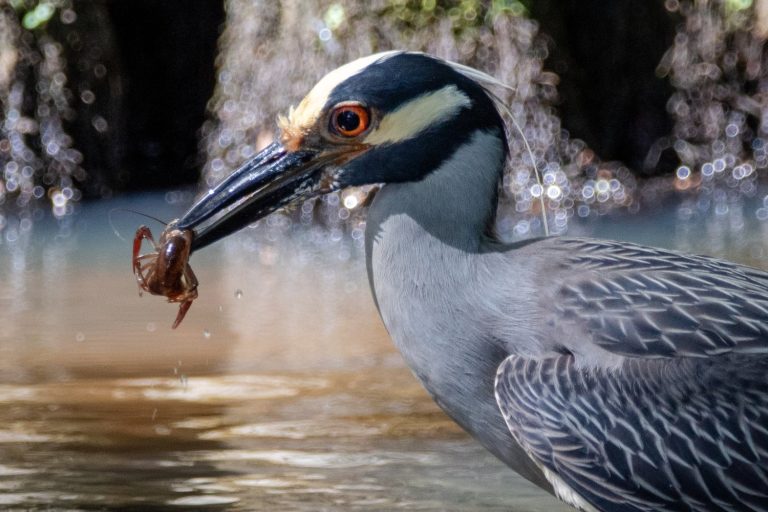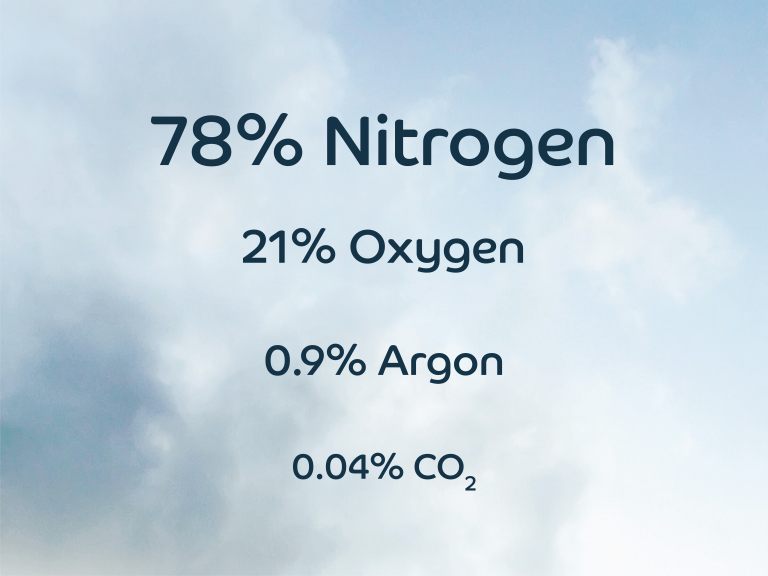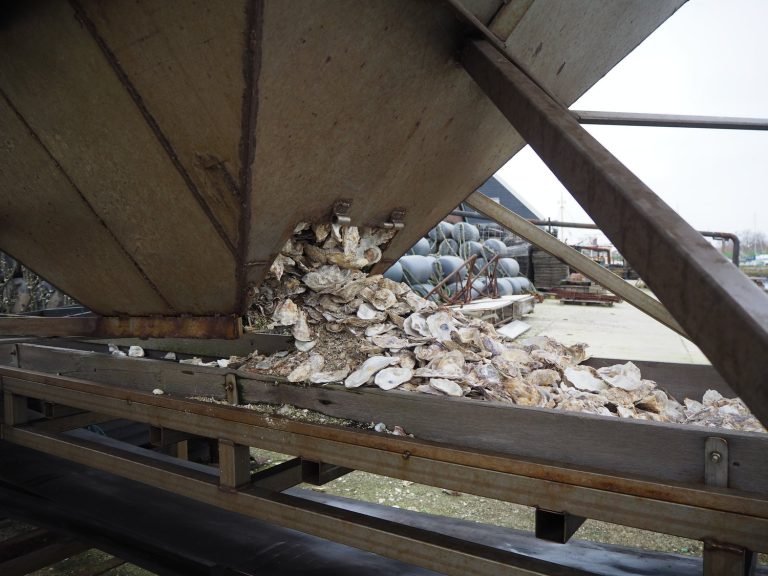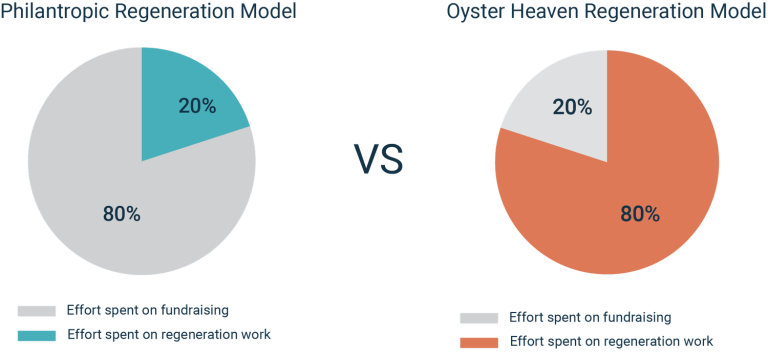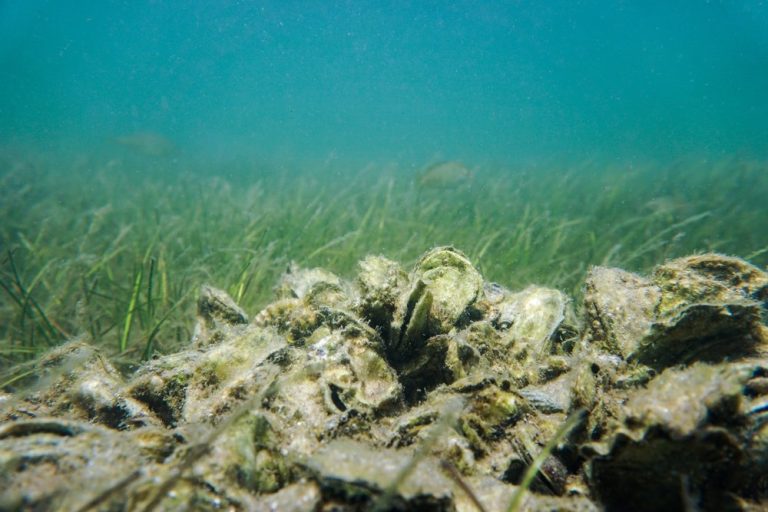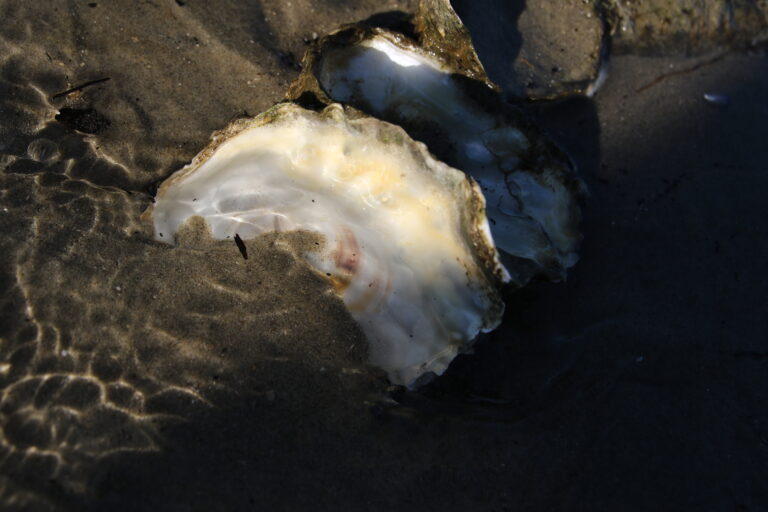
The consequences of disrupting nature’s balance
Extremes of drought and flooding, no snow in winter, heat waves in the Northern Hemisphere and still wearing a winter coat at the beginning of May are just few of the many signs of climate change.
What few might realise is that when we impact the environment of one corner of the earth, the effect ripples in the remaining three.

